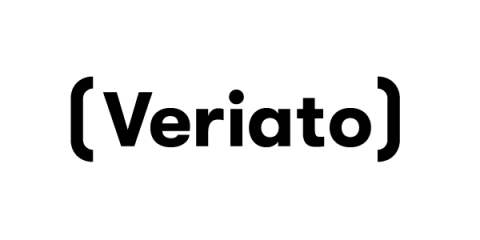Vulnerability Management and SOAR
Being one of the most important practices in cyber security, vulnerability management is a rather involved process that requires your time and resources. In this article, we will take a closer look at how SOAR solutions can help you in the process of vulnerability management.






